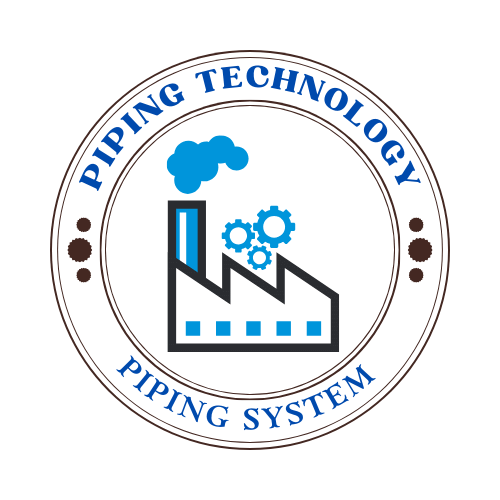
In modern electrical installations, flexibility, safety, and cost-efficiency are critical factors influencing material selection. One product that has gained popularity for meeting all three requirements is ENT conduit, short for Electrical Non-Metallic Tubing. As construction technologies advance and building codes adapt to accommodate innovative materials, ENT conduit has emerged as a preferred choice for specific residential, commercial, and institutional wiring applications.
ENT conduit is a flexible, corrugated plastic tubing designed to encase and protect electrical wires in environments where traditional metal conduits may be cumbersome or cost-prohibitive. Unlike its metallic counterparts—such as EMT (Electrical Metallic Tubing) or RMC (Rigid Metal Conduit)—ENT conduit offers lightweight handling and fast installation, reducing labor costs and improving project efficiency.
Originally developed to simplify wiring in wood-frame buildings, ENT conduit has now evolved into a reliable solution that complies with many international electrical codes. Its non-metallic construction means it’s inherently resistant to corrosion and does not conduct electricity, making it safer in moisture-prone environments or around non-conductive structures. Most ENT conduit products are blue to signify power circuit usage, but other color-coded options are available for data or communications wiring.
This article will provide a comprehensive guide to ent conduit, exploring its materials, applications, installation process, advantages, limitations, and how it compares to other conduit types. Whether you’re a seasoned electrical contractor, a facilities manager, or a DIY homeowner, understanding ENT conduit can help you make informed decisions for your next project.
I . What Is ENT Conduit?
ENT conduit, or Electrical Non-Metallic Tubing, is a type of flexible plastic conduit used to protect and route electrical wiring in building construction. Made primarily from PVC (polyvinyl chloride), ENT conduit is lightweight, non-metallic, and corrugated, offering a high degree of flexibility while still providing mechanical protection to electrical cables.

It is commonly used in residential, commercial, and light industrial applications where easy installation, corrosion resistance, and cost efficiency are essential. ENT conduit is recognized and regulated by the National Electrical Code (NEC) under Article 362, which outlines its permitted uses, installation rules, and safety standards.
Key Characteristics of ENT Conduit:
-
✅ Non-metallic and non-conductive (does not require grounding)
-
✅ Flexible and easy to bend around corners and through tight spaces
-
✅ Lightweight, reducing labor and shipping costs
-
✅ Moisture and corrosion resistant
-
✅ Available in various sizes and colors for application-specific coding
Typical Applications Include:
-
Routing power and communication cables inside walls and ceilings
-
Embedding conduit in poured concrete slabs
-
Low-voltage and signal wiring
-
Installations in wood-frame buildings and fire-rated partitions
ENT conduit is particularly valued in environments where traditional metallic conduit would be too rigid, too heavy, or prone to corrosion. It’s often the preferred choice for projects requiring fast, clean, and code-compliant electrical installations.


 Automation System
Automation System  Energy Engineeing
Energy Engineeing  Instrumentation System
Instrumentation System  Mechanical Engineeing
Mechanical Engineeing  Piping Technologies
Piping Technologies  Transportations
Transportations  Manufacturing
Manufacturing  Training Material
Training Material 













